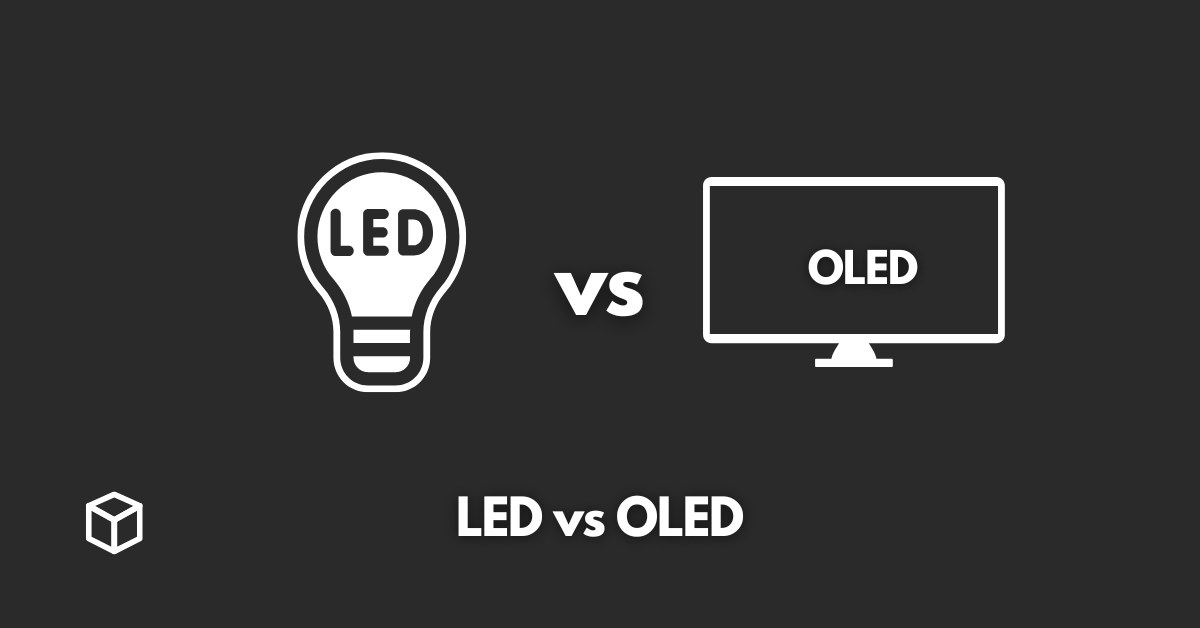LED and OLED technology have revolutionized the way we display information and images.
They have become a popular choice in various electronic devices such as smartphones, televisions, and even cars.
In this article, we will take a closer look at LED and OLED technology, their similarities, and differences.
Our goal is to educate readers on the features, benefits, and drawbacks of these technologies, so they can make an informed decision when purchasing electronic devices.
LED Technology
LED stands for Light Emitting Diode.
It is a semiconductor that emits light when an electric current is passed through it.
LED technology has been around since the 1960s and has been widely used in various applications such as traffic lights, digital clocks, and electronic displays.
How LED technology Works
LEDs are made of a semiconductor material, typically made of silicon or gallium arsenide.
When an electric current is passed through the semiconductor, it emits light in a process called electroluminescence.
The color of the light emitted depends on the material used in the semiconductor.
Advantages of LED Technology
- Energy efficiency: LEDs use less power than traditional incandescent bulbs, which makes them a more energy-efficient option.
- Long lifespan: LEDs have a longer lifespan compared to traditional bulbs, which means they need to be replaced less frequently.
- High brightness: LEDs can produce high levels of brightness, making them a suitable choice for outdoor and automotive displays.
Disadvantages of LED technology
Limited viewing angle: LEDs have a limited viewing angle, which means that the image or text displayed may not be visible from all angles.
Limited color gamut: LEDs have a limited color gamut, which means that they may not be able to produce the same range of colors as other display technologies such as OLEDs.
OLED Technology
OLED stands for Organic Light Emitting Diode. It is a type of LED that utilizes organic materials to produce light.
OLED technology has been around since the late 1990s and has been widely used in smartphones, televisions, and virtual reality headsets.
How OLED technology works
OLEDs are made of a thin layer of organic materials that emit light when an electric current is passed through them.
The color of the light emitted depends on the type of organic material used.
Unlike LEDs, OLEDs do not require a backlight, which makes them thinner and more flexible.
Advantages of OLED technology
- High contrast ratio: OLEDs have a high contrast ratio, which means that they can produce deep blacks and bright whites, resulting in a more vibrant image.
- Wide viewing angle: OLEDs have a wide viewing angle, which means that the image or text displayed is visible from almost any angle.
- Thin and flexible displays: OLEDs do not require a backlight, which makes them thinner and more flexible than LED displays.
Disadvantages of OLED Technology
- Short lifespan: OLEDs have a shorter lifespan compared to LEDs, which means they may need to be replaced more frequently.
- High cost of production: OLEDs are more expensive to produce than LEDs, which can make them a more costly option.
Comparison of LED and OLED Technology
Comparison of Key Features
- Brightness: LEDs can produce higher levels of brightness compared to OLEDs, making them a suitable choice for outdoor and automotive displays.
- Color accuracy: OLEDs have a wider color gamut, which means they can produce a wider range of colors, resulting in more accurate and vibrant images.
- Viewing angle: OLEDs have a wider viewing angle compared to LEDs, which means that the image or text displayed is visible from almost any angle.
- Energy efficiency: LEDs are more energy efficient compared to OLEDs.
Suitable applications for each Technology
LED: Outdoor displays and automotive displays are suitable applications for LED technology due to its high brightness.
OLED: Mobile devices, televisions, and virtual reality headsets are suitable applications for OLED technology due to its high contrast ratio, wide viewing angle, and thin, flexible displays.
Conclusion
Summary of key points: LED and OLED technology have revolutionized the way we display information and images.
Both technologies have their own unique features, benefits, and drawbacks.
LEDs are more energy efficient and have a longer lifespan, but have a limited viewing angle and color gamut.
OLEDs have a high contrast ratio, wide viewing angle, and thin, flexible displays, but have a shorter lifespan and higher cost of production.
Future developments in LED and OLED technology
With the constant advancements in technology, we can expect to see even more improvements in LED and OLED technology in the future.
This could include longer lifespan and more energy-efficient OLEDs, and wider color gamut and viewing angle for LEDs.
Recommendations for readers
When purchasing electronic devices, it’s important to consider the features and characteristics of the display technology being used.
If brightness is a priority, LED technology may be a better choice, while OLED technology is a better choice for those who prioritize color accuracy, contrast ratio and viewing angle.




